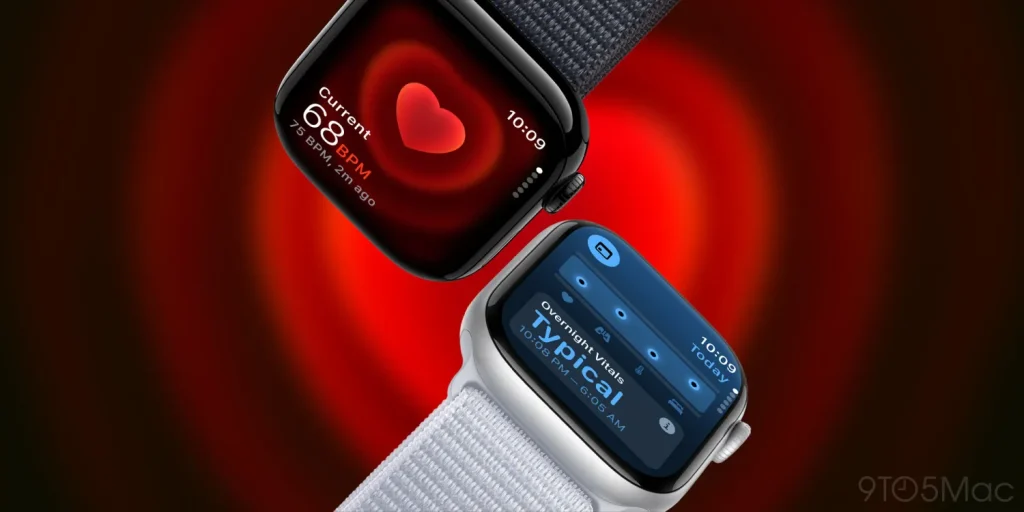Apple Watch 10 vs 9 health features: What’s new and different?

An important part of Apple Watch is the wearable’s health features. So what’s changed between the latest release and the older models? Join along for Apple Watch Series 10 vs 9 health features (and earlier models too) for what’s new.
Apple Watch 10 vs 9 health features
There’s one major addition this year for health features with the Series 10 hardware that set the new Apple Watch apart from older ones – Sleep Apnea detection. However, Series 9 and Ultra 2 have also gained this capability.
But as usual, more new health and fitness features come with watchOS 11 which runs on Series 6 and later.
Keep in mind there is also the loss of blood oxygen readings for Series 10 and Ultra 2 Apple Watch (along with Series 9 sold after 1/18/24 in the US).
Series 10, 9, and Ultra 2 owners can ask Siri for updates on their personal health data along with securely logging new health data by voice like weight, whether a medication was taken, and more.
If you already have a Series 8, that’s the only health feature you’ll be missing out on, but if you have a Series 7 or earlier, you’ll gain more health capabilities with Series 10 or 9.
New health features for all watchOS 11 compatible Apple Watches
For Series 6 and later, watchOS 11 brings these new health and fitness features:
- Vitals for sleep and health insights
- Training Load
- Effort rating
- Custom Workouts for Pool Swims
- New views for pregnancy
- Turn-by-turn and topographic hiking navigation
- Tides app to view coastline data


